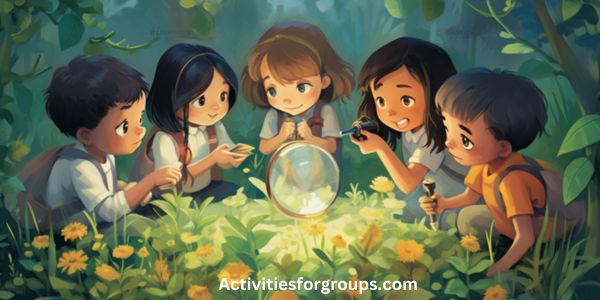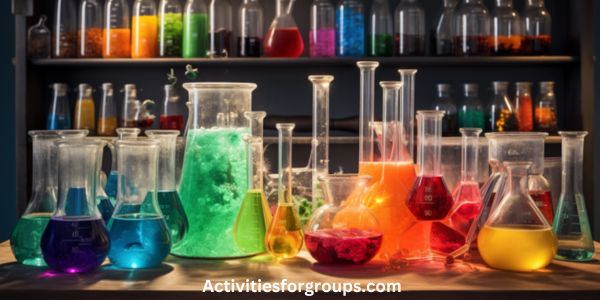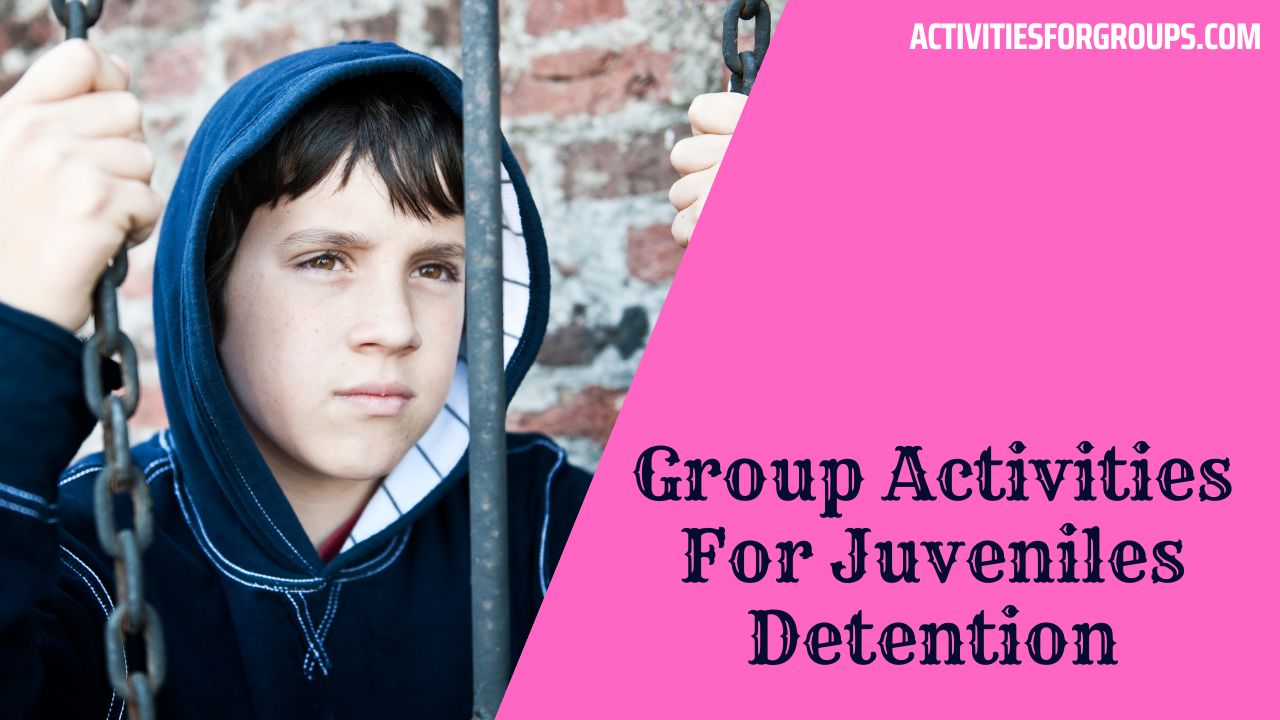Do you want to teach environmental awareness to kids?
Group science experiments are a great way to educate children and get them excited about caring for the environment.

Learn the steps for conducting experiments, the supplies needed, and examples of environmental experiments to get started.
Plus, discover how to encourage kids to care for the environment.
Benefits of Group Science Experiments
You can reap many benefits by taking part in group science experiments that teach environmental awareness. These projects are a great way to develop a deeper understanding of the environment and its impact on society. By learning together, you can gain a greater insight into environmental issues and their solutions.
Working in a group also allows you to share ideas, debate solutions, and gain different perspectives. Working together also encourages the development of a community mindset that values environmental protection.
Group science experiments also offer environmental benefits. You can help identify and address environmental issues by studying the environment and its effects on our daily lives.
By working together, you can develop innovative solutions that can help reduce environmental impact. Through the process, you can also learn how to apply scientific principles to everyday life.
Group science experiments also provide a platform for addressing global environmental concerns. By learning about and discussing the environment together, you can develop a shared understanding of environmental issues and their potential solutions.
This shared knowledge can then be used to develop global solutions and bring about positive environmental change.
Steps for Conducting Experiments
Conducting experiments to teach environmental awareness is relatively easy when working together in a group.
To start, decide on an experiment that will help reduce waste or save water. This can range from a simple experiment such as using less water when brushing teeth to a more complex one such as a recycling project.
Once the experiment is chosen, it’s important to research the best materials needed to conduct the experiment. This can help save time and money in the long run.
Next, divide the group into small teams. Each team should be assigned a specific task that will contribute to the success of the experiment. For example, one team can be in charge of gathering the materials while another team is responsible for setting up the experiment. This can help keep the process organized.
Once the teams are established and the experiment is set up, it’s time to conduct the experiment. Monitor the experiment carefully and record any changes or observations.
After the experiment is complete, talk about the results and how the group can make improvements to reduce waste and save water.
Finally, celebrate the success of the experiment and reflect on what was learned. This can help the group become more aware of how their actions can help improve the environment.
With the right guidance and preparation, conducting experiments to teach environmental awareness can be an effective way to educate and empower a group.
Supplies Needed for Experiments

You’ll need certain supplies to conduct experiments that teach environmental awareness. Recycling materials are especially important for these types of projects, as they demonstrate the importance of reusing and repurposing items. Some items you could look for include cardboard boxes, plastic containers, and paper rolls.
Other items that could be used are items that represent energy sources, such as solar energy, wind energy, and water energy. You can also use items like batteries, light bulbs, and motors to further represent energy sources. Depending on the size of the group, you may also want to provide safety goggles and gloves as well as other protective gear.
For the experiments, you may also need items like timers, thermometers, scales, and measuring cups. Having different types of materials and tools can help to expand the science experiment’s purpose and make it more interesting.
It’s important to make sure that you have enough of the supplies needed to ensure that each participant has what they need to complete the experiment. With the right materials, you can create an engaging and educational experience that will make your group more aware of the environment.
Examples of Environmental Experiments
By considering a few examples, you can begin to understand how to conduct environmental experiments with a group.
For instance, to teach energy conservation, you could have the group measure the amount of electricity used by various appliances when turned on and off. This could be done by reading the wattage off the device and then creating a graph to show the results.
To teach pollution prevention, you could divide the group into teams and have them design a water filtration system. As a final step, they could test the quality of the water they filtered.
Another experiment could involve measuring the air quality indoors and outdoors to show the effects of air pollution.
Encouraging Kids to Care for the Environment

You and your kids can learn to care for the environment by engaging in group science experiments. Teaching kids to care for the environment from an early age is an important step in developing sustainable habits. Group experiments allow you to show the effects of global warming and how simple changes in our daily lives can make a big difference.
For example, you can conduct a water pollution experiment with a group of children. Provide them with cups of water and ask them to put different types of pollutants in each cup. Ask them to observe the water for a few minutes and then discuss the changes they see in each cup. This will give them a visual understanding of how pollutants can affect our environment.
You could also set up a recycling project. Ask the kids to collect different types of materials, such as plastic and paper, and then sort them into recycling bins. This will help to instill recycling habits from an early age. Explain to them why it’s important to recycle and how it helps reduce global warming and conserve natural resources.
Group science experiments can also be educational and fun. Ask the kids to build a model of the ecosystem and explain how the different elements interact and depend on each other. You could also ask them to create a compost bin and explain the benefits of composting for the environment.
Group science experiments are a great way to teach kids about environmental awareness. These experiments will help kids understand the importance of sustainable living and the effects of global warming. They’ll also learn how simple changes in their daily lives can have a positive impact on the environment.
Frequently Asked Questions [FAQs]
What Are the Age Requirements for Participating in Group Science Experiments?
There isn’t a specific age requirement to participate, but it’s recommended for those aged 8 and up. Socializing and communication skills will be important, so it’s best suited to those who can already converse with others.
Are There Any Safety Precautions to Take When Conducting Group Science Experiments?
When conducting group science experiments, it’s important to enforce rules and teach methods for staying safe. Wear protective gear, keep hazardous materials out of reach, and supervise children closely.
Are There Any Additional Resources to Help Develop Group Science Experiments?
When planning curriculum, consider different learning styles. There are many additional resources to help develop group science experiments.
What Are Some Ways to Make Group Science Experiments Fun and Engaging for Students?
Make science experiments fun and engaging for students by providing hands-on activities, using interactive media, and involving group discussion.
Is There Any Research That Supports the Effectiveness of Group Science Experiments in Teaching Environmental Awareness?
group science experiments are effective teaching strategies, group science experiments are effective teaching strategies for environmental awareness.
Conclusion
Group science experiments are a great way to teach kids about the environment. They can learn valuable lessons while having a lot of fun. With a few supplies and some guidance, kids can conduct experiments that will help them understand the importance of taking care of our planet.
So why not get the kids involved in some group science experiments to help them understand the importance of environmental awareness.




Leave a Reply